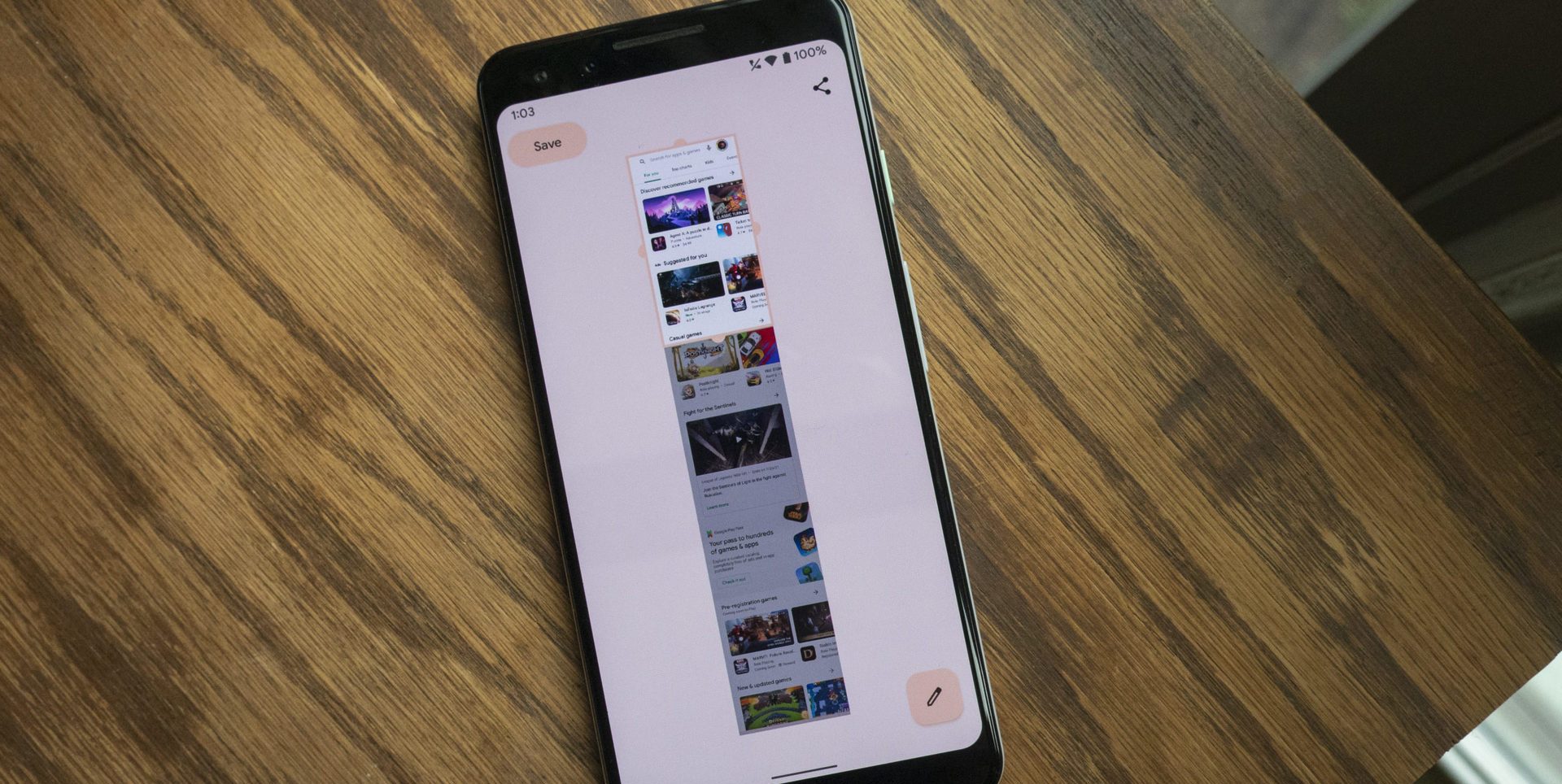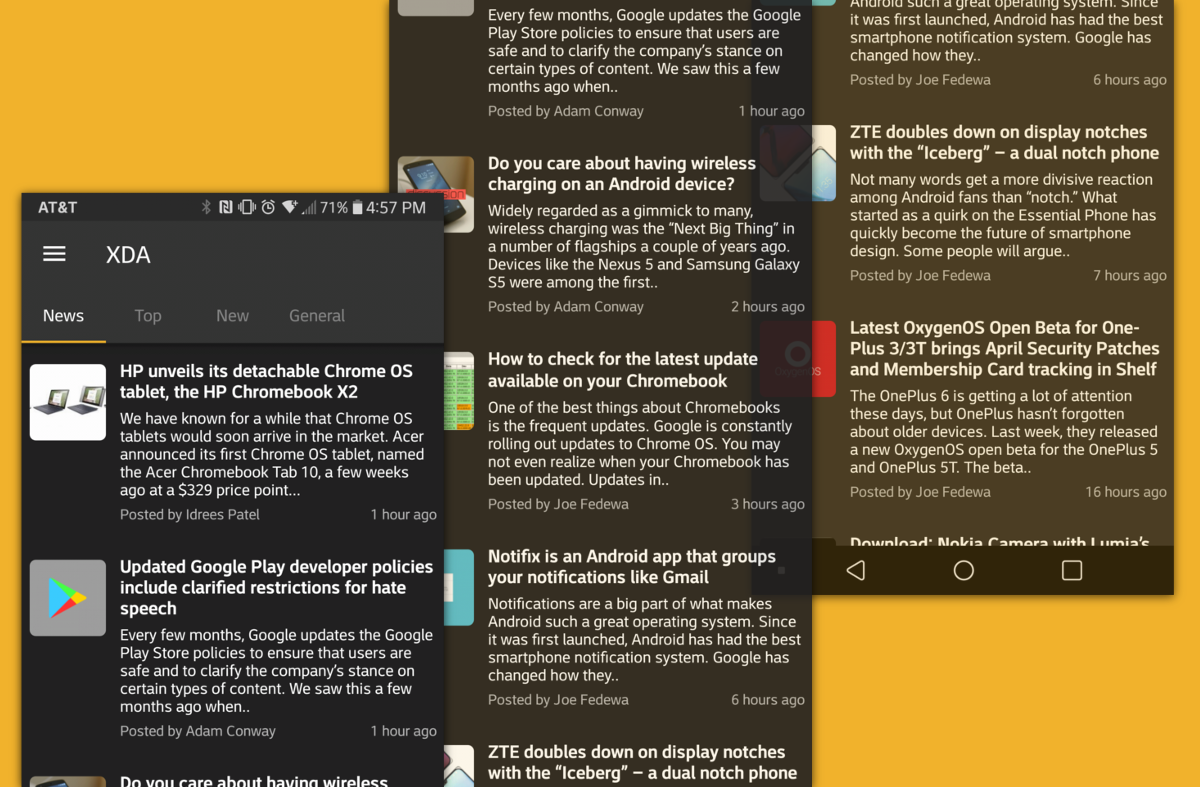

- #Android volume scroll how to#
- #Android volume scroll apk#
- #Android volume scroll android#

These three are accessible when you open up a video. They are: (1) Change Brightness, (2) Seek and (3) Change Volume.
You now need to change direction ( cd) so that the Terminal/Command prompt is pointing at the adb folder.If you use VLC for Android, the hit audio, video player and streamer for smartphones, then you must have come across the three major gestures for the player. Launch a Terminal/Command prompt on your computer. Attach your Android device to your laptop or computer using a USB cable.

This means it’s time to switch to your laptop or computer. Launch the Long Press Volume app, and you’ll immediately be prompted to run an adb command.Navigate to your “Downloads” folder, and tap the “skipTrack.apk” file that you just downloaded. On your Android device, launch a file manager application.Tap the latest “skipTrack.apk” file, and when prompted, tap “Download.”.
Assuming you have already set up ADB on your computer, download the Long Press Volume APK from its GitHub page to your phone. To set up Long Press Volume, you’ll need to set up ADB on your computer.Īlso read: 11 Common ADB Commands You Should Know Installing Long Press Volume However, it isn’t available via Google Play, which makes installing Long Press Volume a more time-consuming process. According to user feedback, this free application works with many of the major music applications. Long Press Volume is an app that adds this missing feature, allowing you to skip forward and back by long-pressing the volume keys while the screen is powered off. Skip tracks with the press of a buttonĭo you regularly listen to music on your Android device and wish it had a dedicated “skip track” button? If you want to restore Android’s stock volume slider at any point, simply re-launch the Ultra Volume app and tap “Stop.” 3. You’ll see a list of all your device’s physical hardware buttons. You can now remap the physical hardware keys using Button Mapper. Drag the slider into the “On” position. Scroll to “Button Mapper” and give it a tap. If you don’t encounter this prompt or accidentally dismiss it, you can also grant Button Mapper the necessary permissions via Android’s “Settings” application: This framework allows Button Mapper to customize the physical hardware keys. When you launch Button Mapper for the first time, it’ll request access to Android’s accessibility framework. 
If you have a peripheral device attached to your smartphone, such as a gamepad, then you can also use Button Mapper to customize these peripheral buttons.
It’s located underneath the volume keys on the left side of newer Samsung devices.Īlso read: How to Disable Bixby from Your Samsung Galaxy Phone If you own a Samsung device, you can also use Button Mapper to customize the Bixby button. This includes the Home, Back and Recent app keys, as well as the volume controls. You can use this free application to assign a new action to any physical hardware button. With close to 11,000 reviews on Google Play, Button Mapper is one of Android’s most popular remapper apps. Button Mapper: Android’s most popular remapping app








 0 kommentar(er)
0 kommentar(er)
